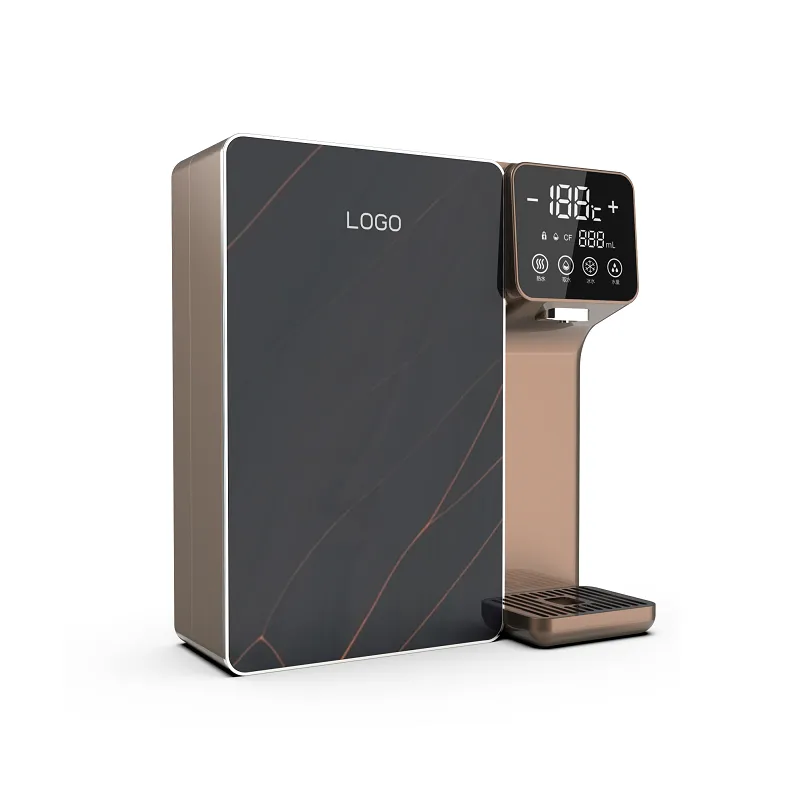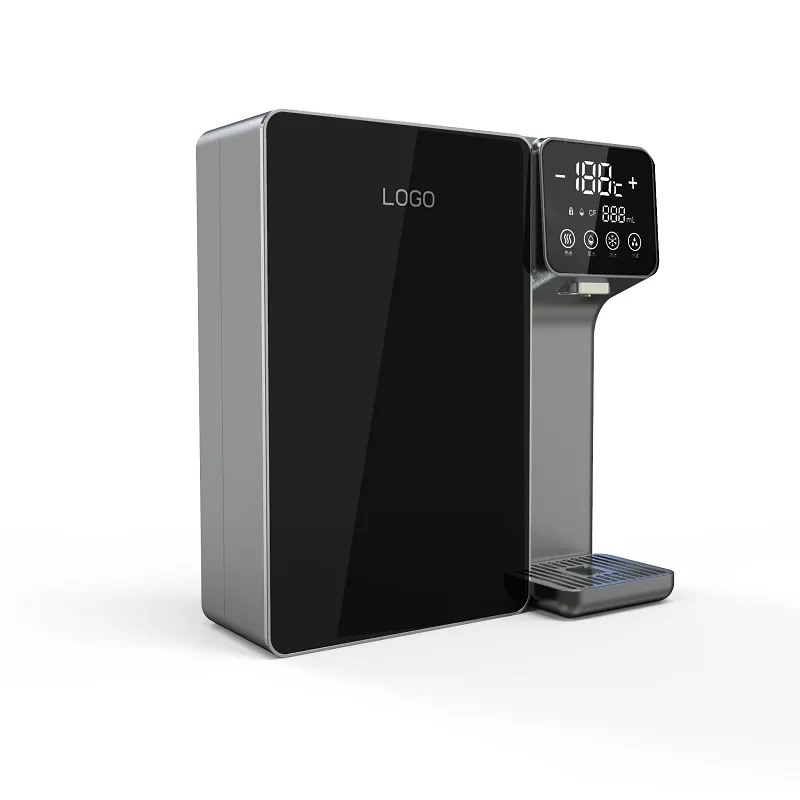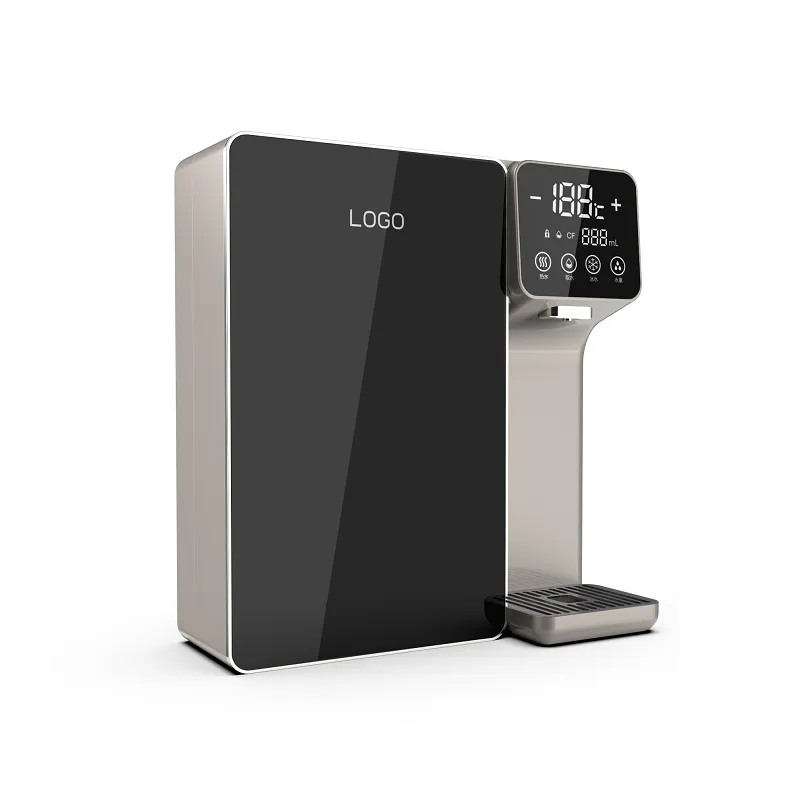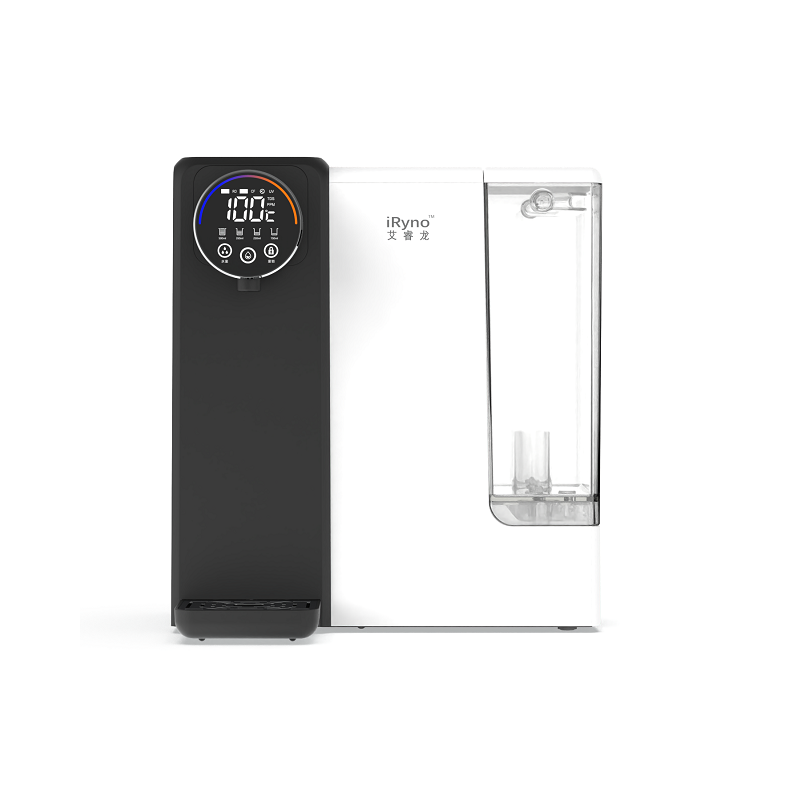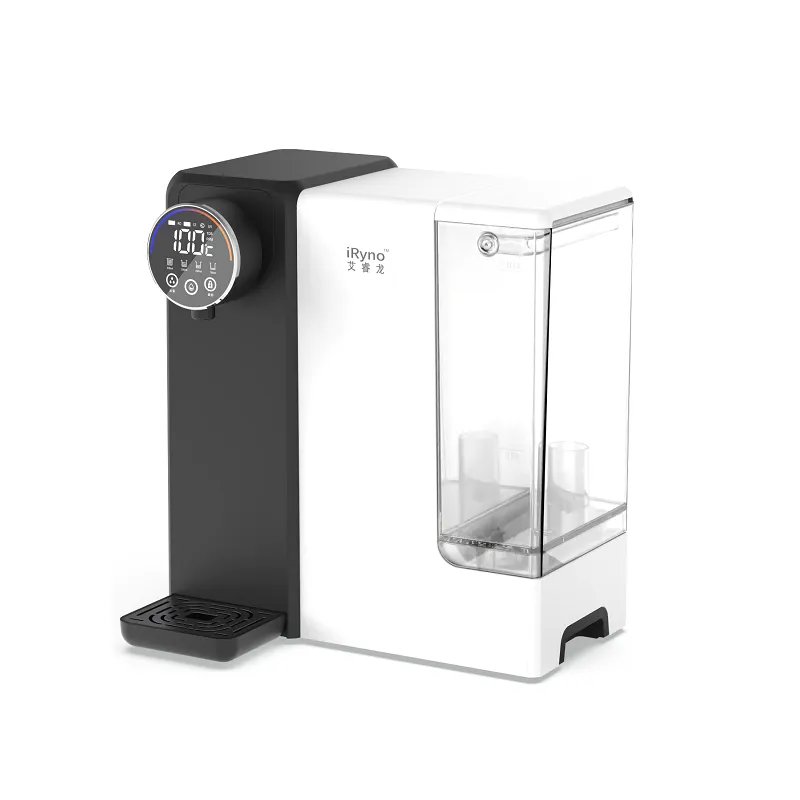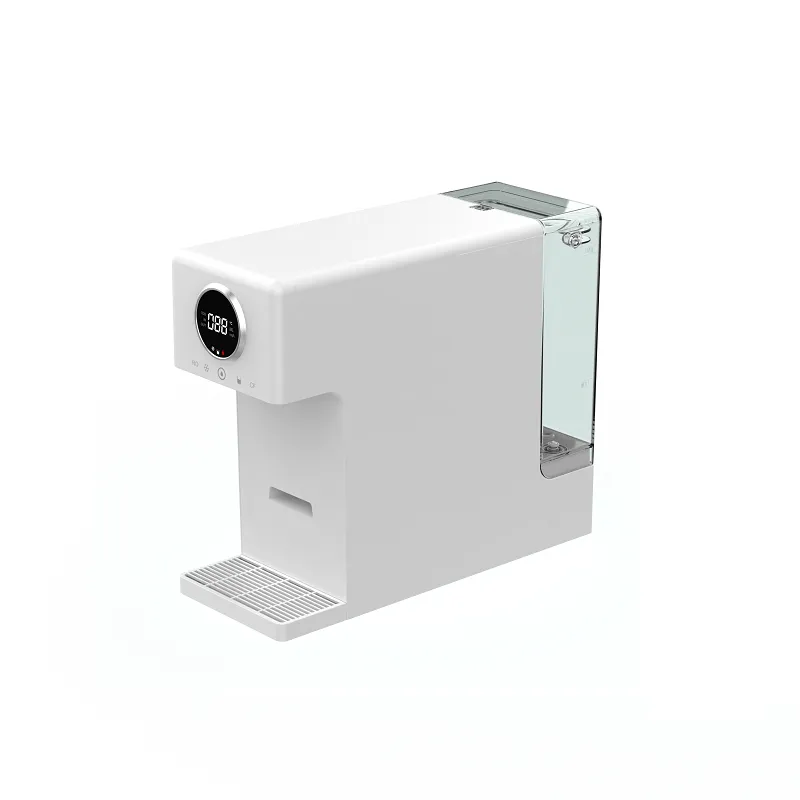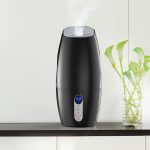What is air humidity?
Typically, two values are displayed on a humidifier: temperature and air humidity.
Let’s start by figuring out what cool mist humidifier really means. It is defined as the ratio between the current water content of the air and its saturated water content. If each cubic meter of air can hold up to 20 grams of water, but only 5 grams of water measured, then the humidity is 5 ÷ 20 = 25%.
If you use a cool mist humidifier to humidify the air, just spray 5 grams of water into each cubic meter of space, the air humidity will rise from 25% to 50%.
However, I would like to draw your attention to a key point that is particularly interesting: the maximum amount of water that can be held in the air is not a fixed value. This value decreases as the temperature decreases. In other words, it is possible to increase the humidity of the air without spraying it with water, by lowering the temperature.
Example: If the measured room temperature is now 23 degrees Celsius and the humidity is 25%. By lowering the room temperature to 18 degrees Celsius, the humidity will naturally rise to 33%, without the need for a humidifier.
The Pitfalls of Cool Mist Humidifier
During the winter months, the temperature difference between indoors and outdoors can cause temperatures near windows and walls to be much lower than the average indoor temperature. Water droplets will soon appear on the surface of a glass filled with ice water, and by the same principle, condensation will appear near windows, pipes, and other places. At this point, even though you can keep your cool-mist humidifier on, the moisture in the air will keep condensing into water. The production of condensation means that in some low-temperature areas indoors, the air humidity has reached 100%. In this high humidity environment, mold can multiply quickly. Fungal spores that fly into the air can cause allergies, and mold can contaminate our food.
In addition to mold, another threat posed by high humidity is formaldehyde. Humid air allows water-soluble formaldehyde to precipitate out of wood products and paint at an accelerated rate and diffuse into the air. In winter, we often neglect to open windows and ventilate our homes in order to retain warm, humid air. This can lead to more and more formaldehyde indoors. Formaldehyde is not only a class of carcinogen, but it also irritates the skin, eyes and mucous membranes in the respiratory tract, giving us uncomfortable feelings.
The number of dust mites in a room is also closely related to changes in relative humidity. When the relative humidity is below 45%, the number of live mites per gram of dust is in the single digits, but in a room with 70% air humidity, the number of mites per gram of dust can reach as many as 400 – 1100. We used to think that there were more mites in old houses or houses with poor sanitary conditions. In fact, the variable that has the most to do with indoor mite density is air humidity.

How to use a cool mist humidifier correctly?
First, remember one thing up front: if you don’t feel physically sick in your life, there’s no need to use a cool mist humidifier, even if the humidity in the room is low. Don’t believe the over-hyped humidifier marketing rhetoric, as if you’re going to get sick if you don’t turn on a humidifier.
Second, don’t turn the air conditioning and heating up too much in the winter, and keep the indoor temperature as low as you can tolerate. The immediate benefit of lower temperatures is an increase in air humidity.
Third, if you notice condensation in the corners of your home, on window frames, or on kitchen tiles, you should limit the use of your humidifier, or put it in a new location and continue to watch. Because as long as there is a small environment with excessive humidity that becomes a source of pollution, then it will affect the air quality of the whole house.
Fourth, if you want to use a cool mist humidifier, I recommend that you use an evaporative humidifier to replace the ultrasonic humidifier that will produce aerosol pollution. Where the kind of dozens of dollars a humidifier that looks like it will bubble white mist, are ultrasonic humidifiers, in the look is not useful. The principle of evaporative humidifier is to let the dry air through the moisture-impregnated filter, so that the moisture in contact with the air when the natural evaporation. The advantage of this type of humidifier is that the evaporated water molecules will not take away the dirt on the filter, and will not form aerosols in the air. Even if the filter breeds bacteria, it will not spread into the air. The principle of an evaporative humidifier is like when you hang a lot of clothes in the house, and the process of drying the clothes is humidifying the air. However, evaporative humidifiers have a drawback, which is that they are slightly less efficient than ultrasonic humidifiers.
Fifth, these factors mentioned above have completely different weights for different people. For example, the most important thing for an asthmatic is to reduce the incidence of asthma. So, the most appropriate cool mist humidifier for him may be 80%. And for those who are allergic to mites, keeping the air humidity below 30% would be best.
Related Products


